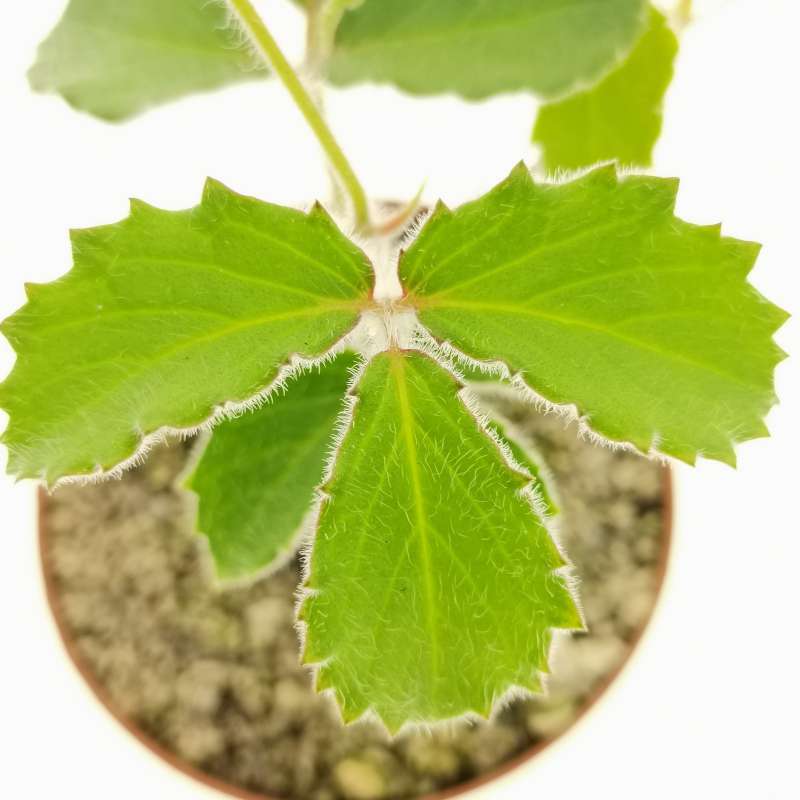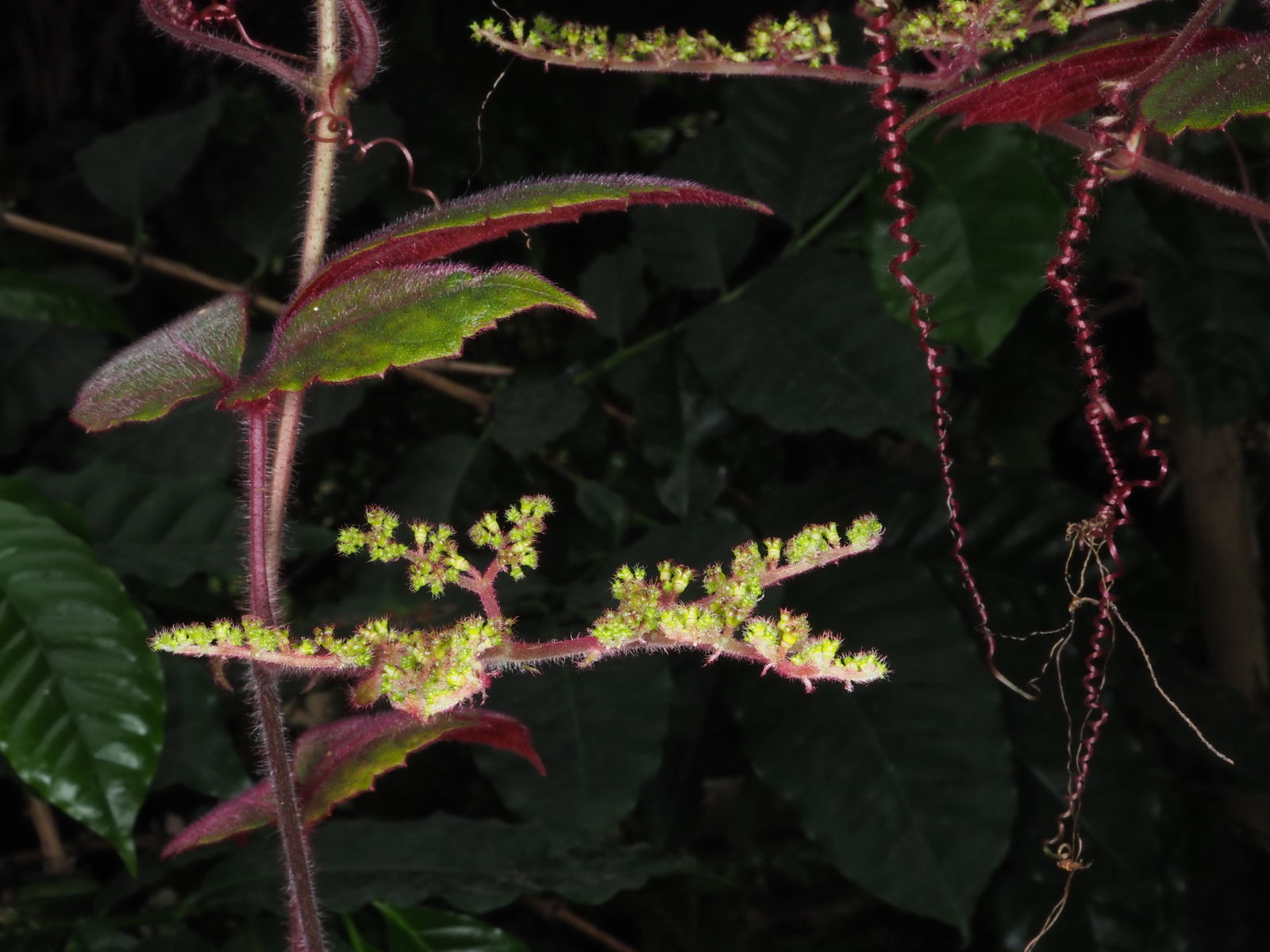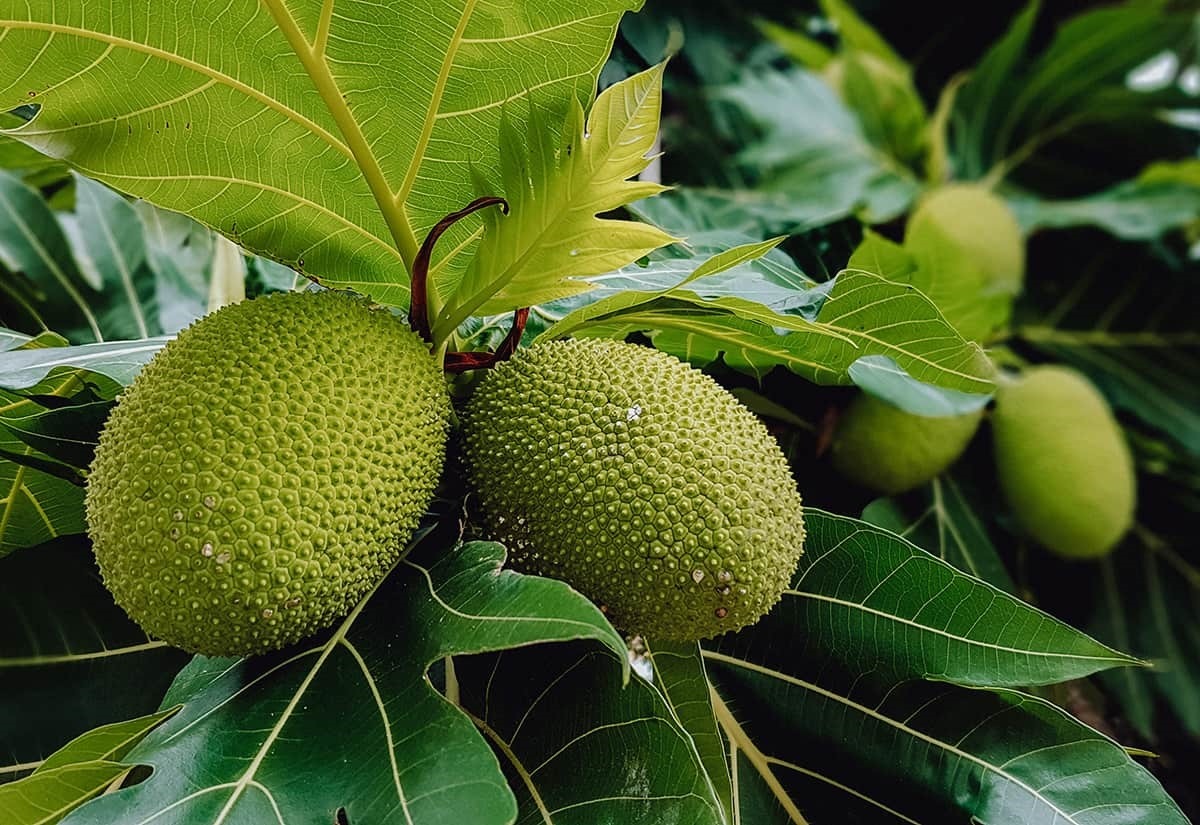Swahili Plant (Cyphostemma adenocaule), Health Benefits, Properties and How to Use as Herbal Medicines

The Swahili Plant, scientifically known as Cyphostemma adenocaule, is renowned for its medicinal properties. This article explores its health benefits, chemical composition, and traditional uses in herbal medicine, offering insights into how this versatile plant can be utilized for various ailments and overall well-being.
Herbal Benefits of Swahili Plant (Cyphostemma adenocaule)
Cyphostemma adenocaule, also known as Swahili, offers several health benefits due to its rich bioactive compounds. Here are ten notable benefits:
- Anti-inflammatory Properties: The leaves, when heated and applied as a compress, can help reduce swellings and treat pneumonia.
- Antioxidant Activity: The plant contains compounds that help neutralize harmful free radicals in the body, protecting cells from damage.
- Anthelmintic Uses: The roots are used to treat tapeworm infections due to their tannin content.
- Nutritional Benefits: It is a source of various micronutrients and bioactive compounds, including ceanothane-type triterpenoids.
- Astringent Properties: The roots have astringent properties, which can help in treating diarrhoea and other digestive issues.
- Wound Healing: The plant’s extracts can be used to promote wound healing and reduce infection risk.
- Respiratory Health: Applying the leaves to the chest can help alleviate symptoms of respiratory conditions like pneumonia.
- Anti-microbial Activity: The plant has shown potential in fighting against certain bacteria and fungi.
- Pain Relief: Traditional uses include applying the plant to relieve pain and discomfort from various ailments.
- General Health Tonic: Consuming parts of the plant can contribute to overall health and well-being due to its rich nutrient profile
These benefits highlight the importance of Cyphostemma adenocaule in traditional medicine and its potential for broader health applications.
The Chemical Composition of the Swahili Plant
The chemical composition of Cyphostemma adenocaule includes several bioactive compounds, particularly in its essential oils. Here are some key components:
- Perillyl Alcohol: Found in significant amounts in the leaves (13.08%).
- Phytone: A major compound in the roots (12.64%).
- Coumarins: Present in the leaves.
- Saponins: Also found in the leaves.
- Flavonoid Glycosides: Detected in the leaves.
- Carbohydrates: Present in the leaves.
- Oxalic Acid: Found in both fruits and leaves, contributing to their slightly acrid taste.
These compounds contribute to the plant’s medicinal properties, including its antioxidant, anti-inflammatory, and antimicrobial activities.
How to Use Cyphostemma adenocaule as herbal medicines

Cyphostemma adenocaule is traditionally used in various ways to treat different illnesses. Here are some common methods:
- Anti-inflammatory Compress:
- Usage: Heat the leaves and apply them as a compress to reduce swellings and treat pneumonia.
- Method: Warm the leaves over a fire and place them on the affected area.
- Cough and Sore Throat Remedy:
- Usage: Chew the leaves or mix macerated leaves with honey.
- Method: Chew fresh leaves or prepare a mixture of crushed leaves and honey to soothe a sore throat and relieve cough.
- Digestive Aid:
- Usage: Use the leaves as a purgative or to treat swollen abdomen.
- Method: Prepare an infusion by boiling the leaves in water and drink it.
- Eye Treatment:
- Usage: Use leaf sap to treat ophthalmia (eye inflammation).
- Method: Apply the sap directly to the eyes.
- Tapeworm Treatment:
- Usage: Use the roots, which contain tannins, to treat tapeworms.
- Method: Macerate the roots and consume the extract.
- Malaria Treatment:
- Usage: The root has been used traditionally to treat malaria.
- Method: Boil the roots in water and drink the decoction.
- Syphilis and Abdominal Pain:
- Usage: Drink water in which roots have been boiled to treat syphilis and abdominal pain.
- Method: Boil the roots in water and consume the liquid.
- Wound Healing:
- Usage: Apply leaf sap to cuts and wounds to promote healing.
- Method: Extract the sap from fresh leaves and apply it to the wound.
- Diarrhea Treatment:
- Usage: Use root and leaf extracts to treat diarrhoea with blood.
- Method: Prepare an infusion or decoction from the roots and leaves and drink it.
- Insecticide:
- Usage: Crush leaves in water to use as an insecticide against chicken lice.
- Method: Crush the leaves in water and apply the solution to affected areas.
These traditional uses highlight the versatility of Cyphostemma adenocaule in herbal medicine. However, it’s important to consult with a healthcare professional before using any herbal remedies, especially for serious conditions.
Safety and Side Effects Of Cyphostemma adenocaule
Cyphostemma adenocaule, while beneficial, should be used with caution due to potential safety concerns and side effects:
- Moisture Sensitivity: The plant is sensitive to excess moisture and can rot easily if overwatered.
- Potential Toxicity: Like many medicinal plants, there is a risk of toxicity if used improperly or in excessive amounts. Always consult with a healthcare provider before use.
- Allergic Reactions: Some individuals may experience allergic reactions to the plant. It’s advisable to perform a patch test before extensive use.
- Digestive Issues: Consuming large quantities may cause digestive disturbances such as nausea or diarrhoea.
- Interaction with Medications: The plant’s compounds may interact with certain medications. It’s important to discuss with a healthcare provider if you are on any medication.
- Pregnancy and Breastfeeding: The safety of Cyphostemma adenocaule during pregnancy and breastfeeding is not well-documented. It’s best to avoid use during these periods unless advised by a healthcare professional.
Always use Cyphostemma adenocaule under the guidance of a qualified healthcare provider to ensure safe and effective use
External links
health benefits of Swahili plant










Review Swahili Plant (Cyphostemma adenocaule).
You must be logged in to post a review.